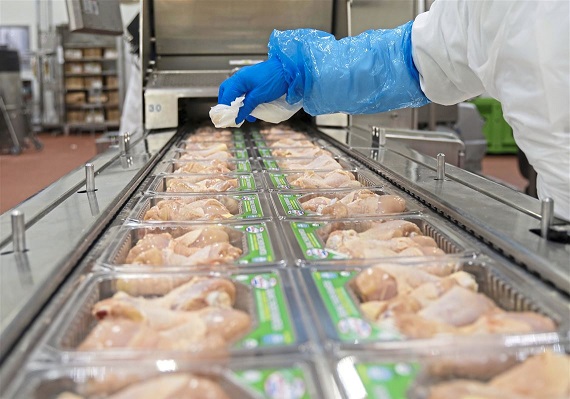As the demand for poultry products continues to rise globally, frozen chicken parts have become a popular commodity for export. With advances in technology and logistics, countries are able to easily ship frozen chicken parts to various destinations around the world. Whether it’s drumsticks, breasts, or wings, these frozen chicken parts are processed and packaged to maintain their quality and freshness during transit.
Exporting frozen chicken parts provides an opportunity for countries to expand their market reach and increase their revenue. By meeting the demands of consumers in other countries, exporters can establish themselves as reliable suppliers of high-quality poultry products. In this article, we will explore the process of exporting frozen chicken parts, the regulations that govern this trade, and the benefits it offers to both producers and consumers.

The Process of Exporting Frozen Chicken Parts
Exporting frozen chicken parts involves several key steps to ensure the products reach their destination in optimal condition. Initially, the chicken parts are carefully processed and packaged to maintain their quality. Once ready, these frozen products are transported in temperature-controlled containers to preserve their freshness during transit. Proper documentation and compliance with regulations are also crucial aspects of the exporting process to avoid any delays or issues at customs. By following these procedures meticulously, exporters can successfully deliver high-quality frozen chicken parts to international markets.
The Benefits of Exporting Frozen Chicken Parts
By Frozen Chicken Parts for Export, countries can tap into new markets and increase their revenue streams. Meeting the demands of consumers in different regions allows exporters to establish a reputation for providing top-notch poultry products. This not only benefits the producers but also satisfies the consumers who gain access to a wider variety of high-quality frozen chicken parts. Additionally, exporting frozen chicken parts can boost economic growth by creating job opportunities and promoting trade relationships between nations. Overall, this trade offers a win-win situation for both producers and consumers alike.
In conclusion, the export of frozen chicken parts presents a lucrative opportunity for countries to expand their market reach and boost their revenue. By following strict processing, packaging, and transportation protocols, exporters can ensure that the products maintain their quality and freshness during transit. This trade not only benefits producers by establishing them as reliable suppliers of high-quality poultry products, but also satisfies consumer demand for a wider variety of frozen chicken parts. Additionally, exporting frozen chicken parts can stimulate economic growth by creating job opportunities and fostering trade relationships between nations. Overall, the export of frozen chicken parts offers a mutually beneficial scenario for both producers and consumers in the global market.





















